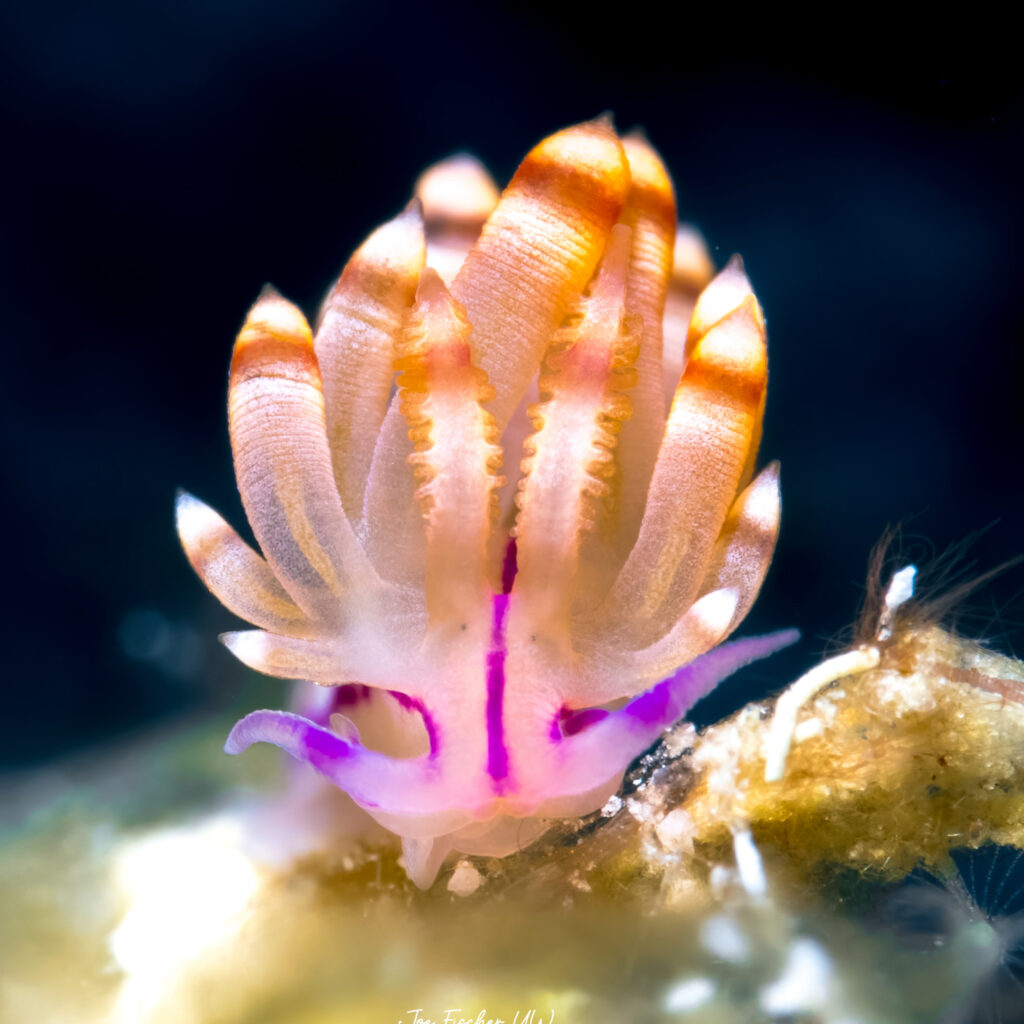Macro Photography Underwater
Macro photography reveals the world of the ocean’s tiniest creatures. Nnudibranchs, shrimp, and tiny animals no larger than a grain of rice, often go unnoticed by the casual diver. For many, macro provides a quiet and meditative alternative to chasing larger animals, and opens up an entire universe at arm’s reach.
Getting great macro photos requires patience, buoyancy control, and maybe an extra set of hands. Strobes or lights are positioned to highlight texture, translucence, and color. This not only captures scientific detail, but also brings out personality. Each subject suddenly becomes a portrait revealing curiosity, camouflage, or behavior that tells a story.
Choosing a Macro Camera
Depending on your budget and usage, choose from an action camera like a GoPro or maybe a compact or more advanced mirrorless or DSLR. When looking at a camera, see if it has the ability to use macro settings. Also pay attention to the housing. Choose a housing that accepts macro lenses, such as a wet lens or a diopter that can be changed underwater. Finally, consider whether you plan to mostly do video or photography as that will guide you towards the proper lighting, if needed at all. See the Basics for more info.

Classes are Easy and Fun
Classes can be highly beneficial if you take them from the right instructor. You might even meet new friends too. The training ensures you enjoy more time creating good photos and are less apt to missing shots. Joe shares valuable insights and tips that you might not find in books or online tutorials. “Time and time again I see people learn more in 5 minutes of asking me questions than they learn in hours of online tutorials.”
